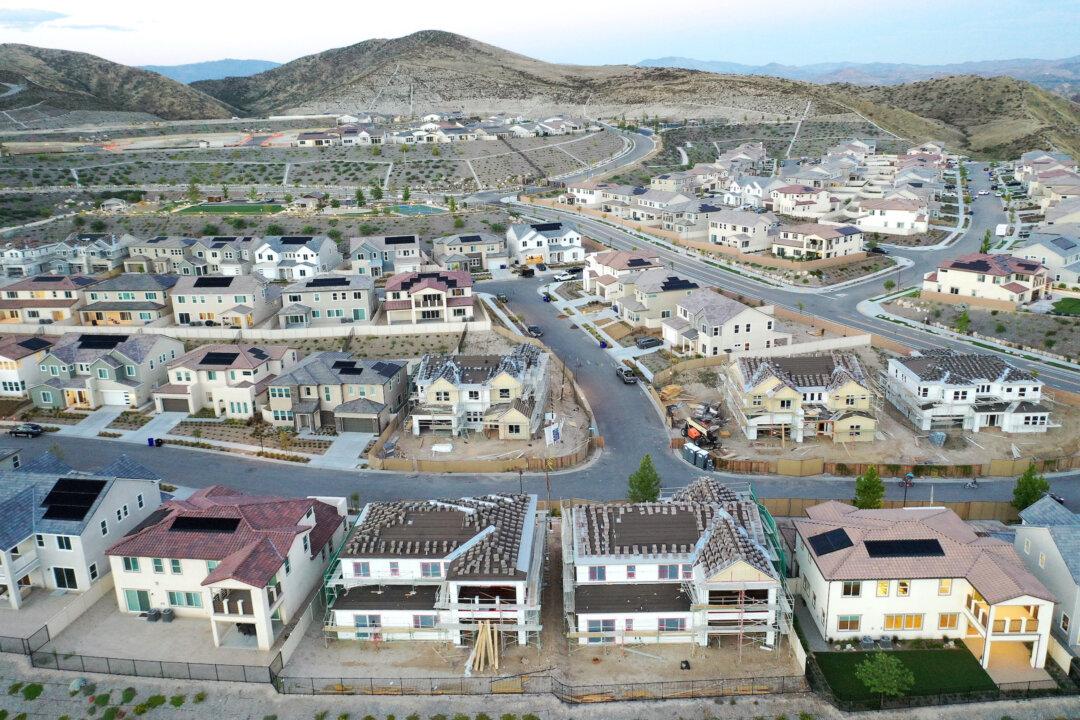Commentary
For generations, homeownership has been the foundation of the American dream. Homeownership has been an attainable aspiration that has enabled capital accumulation and wealth preservation.

For generations, homeownership has been the foundation of the American dream. Homeownership has been an attainable aspiration that has enabled capital accumulation and wealth preservation.